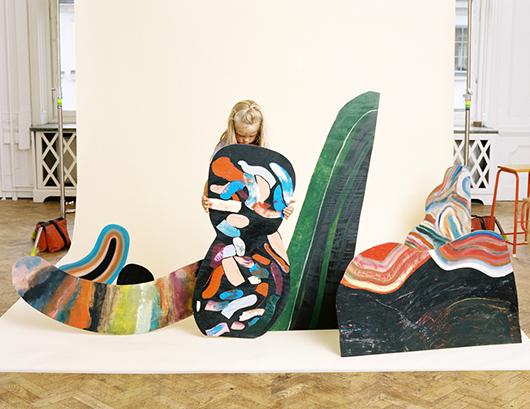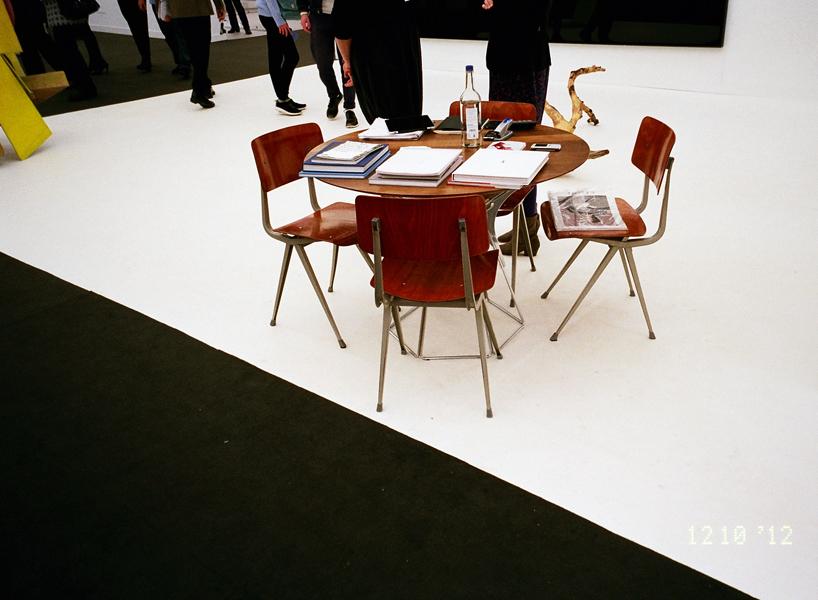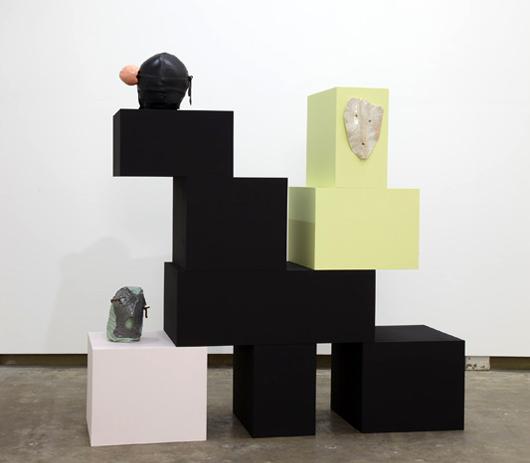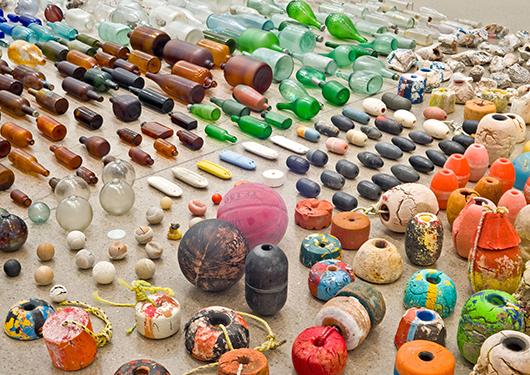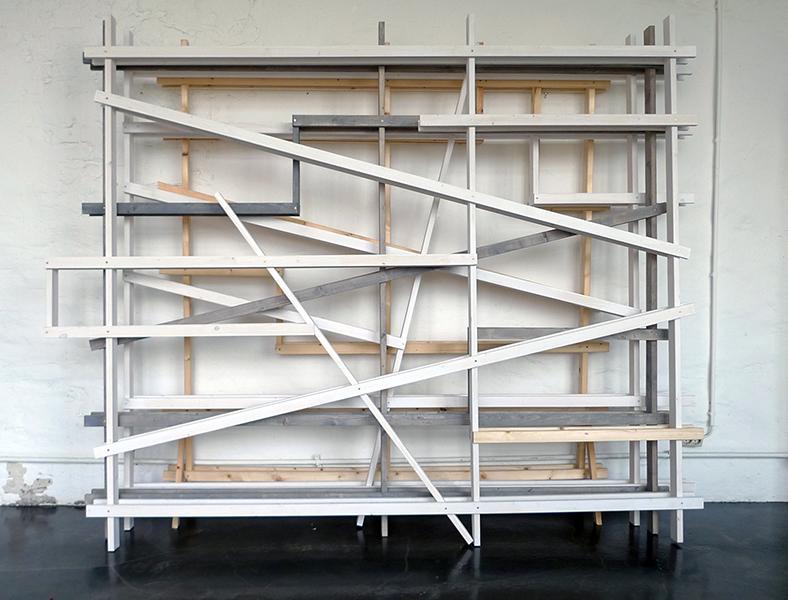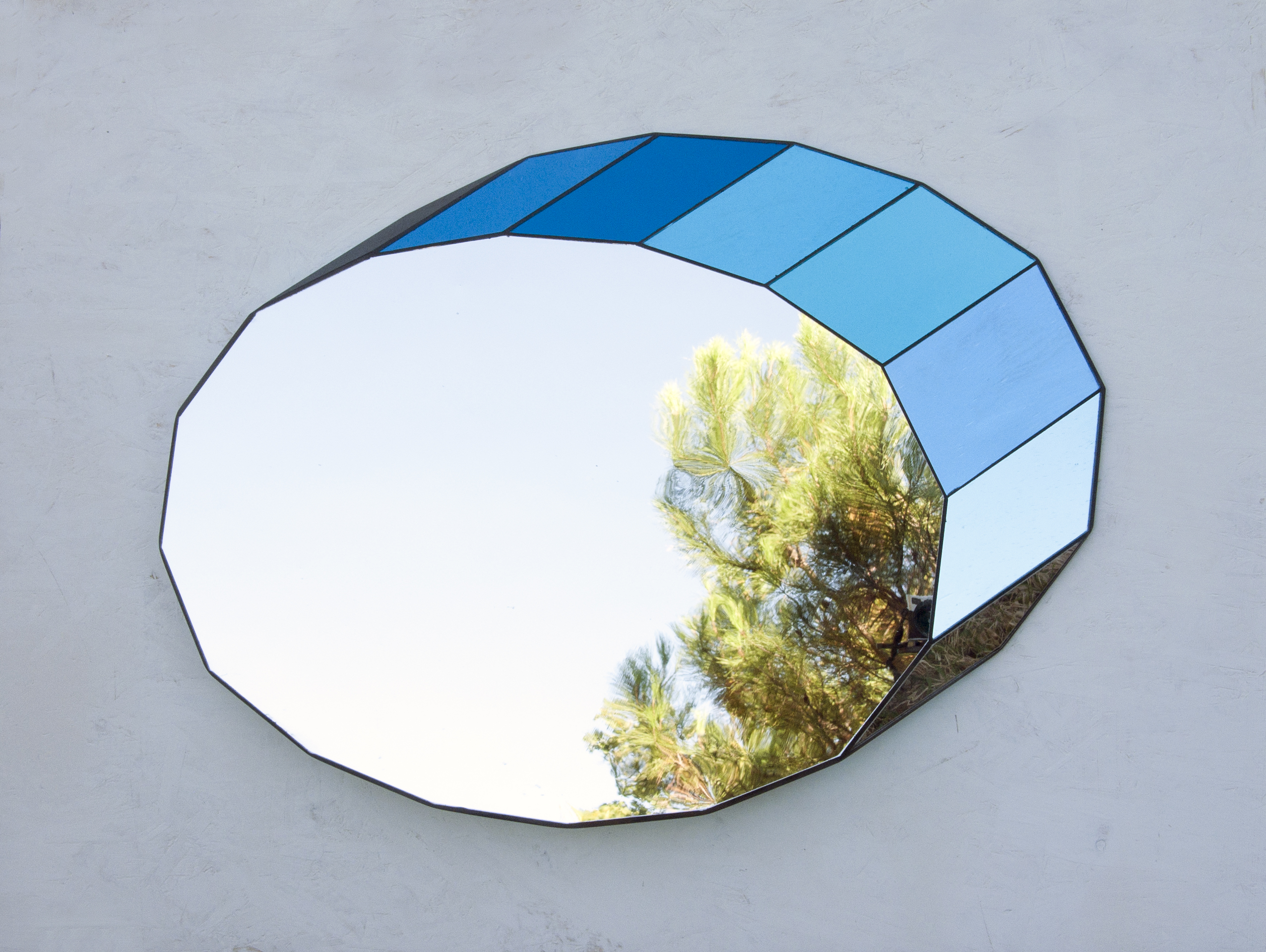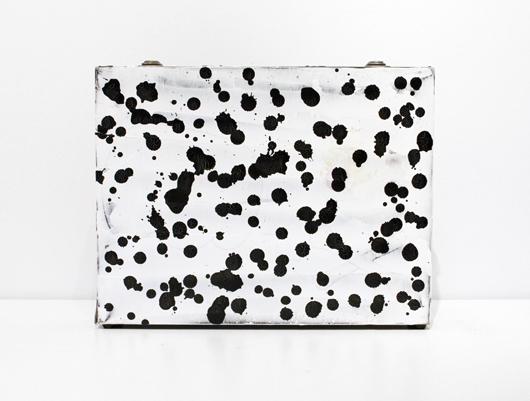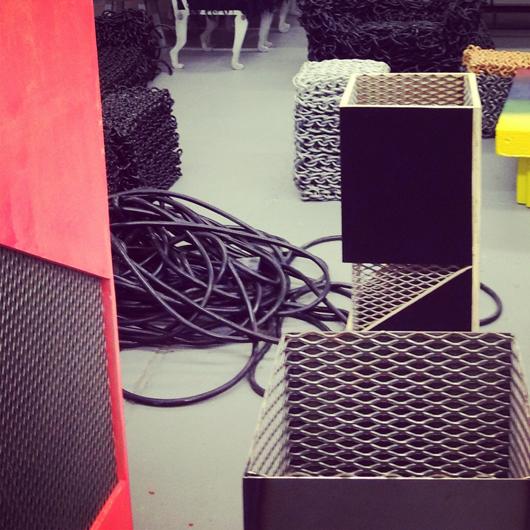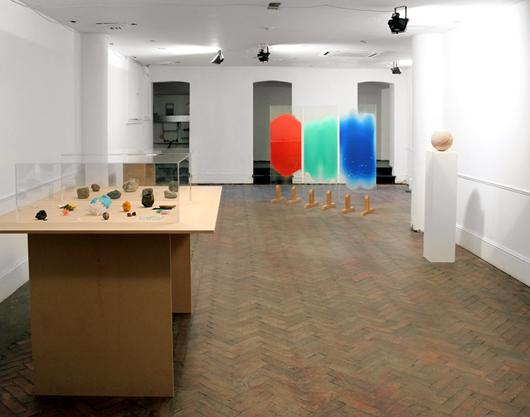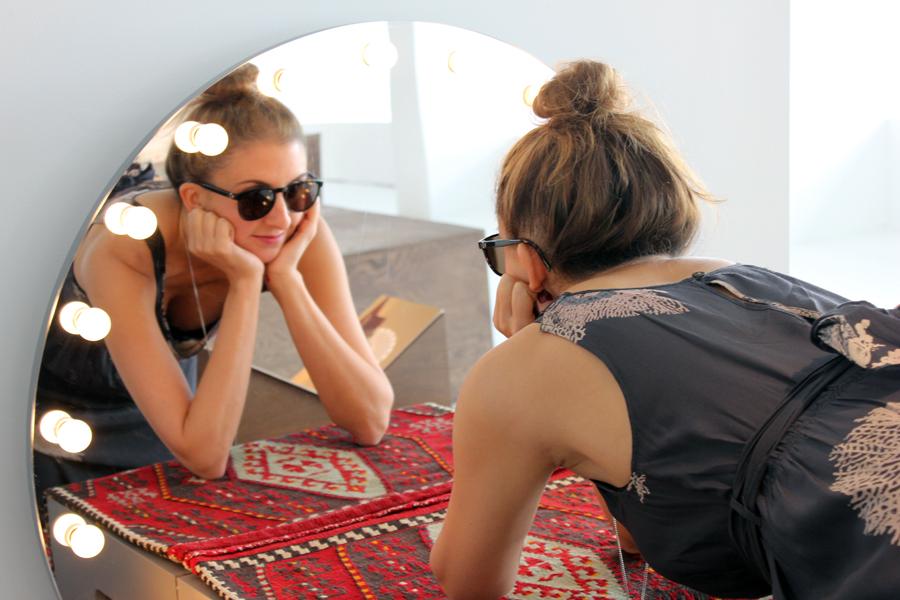
12.10.12
What We Saw
At Art Basel Miami Beach 2012
The thing about Miami is that what you see when you do head down for the annual art and design extravaganza can often be frustratingly little. Between the city’s grueling traffic, the lure of its glittering beaches, the daytime pool parties, and the later-than-usual nights, it’s a wonder anyone can make it through the entire convention center and its neighboring Design/Miami tent, much less the satellite art fairs, the Wynwood galleries, the museum shows, the new boutiques, and the odd day trip out to see new work installed in places like the Fairchild Tropical Botanic Garden. At the same time, as a journalist, you really have seen it all before, what with the endless previews and press releases. And so you’re caught endlessly swinging back and forth between anticipation and letdown, which you conclude can only be cured by a wine-soaked lunch on a patio overlooking the ocean, or an hour spent by the pool. (Are you getting a sense of our week yet?) Of course, some work had to be done, so though a few of our favorite projects went undocumented, we managed to catch the majority of the rest on film.
